If you’re in the market for new IEMs but can’t decide between the iSINE 20 or the pricier and newly released LCD-i3, Audeze may soon make the decision for you. It appears that Audeze is slowly phasing out the iSINE series, though there has been no official word. That being said, if you’re already a proud owner of the iSINE 20 but are in the market for an upgrade, you may be wondering whether it’s worth investing in the new LCD-i3. What are the differences in sound signature? And how much improvement in performance can you expect? Let’s take a look in this Audeze LCD-i3 vs Audeze iSine 20 Review.
Audeze LCD-i3 vs Audeze iSine 20 Review
FIT
The LCD-i3 is slightly heavier than the iSINE 20. But it’s a nominal difference. And using the new rubber ear fins that are included in the box with the LCD-i3, I found that the LCD-i3 offered a more secure fit.
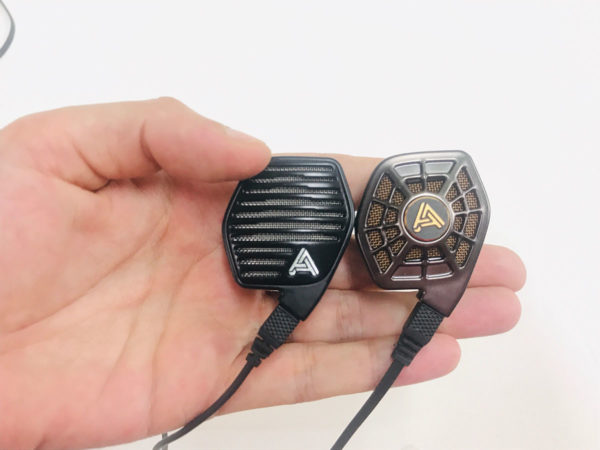
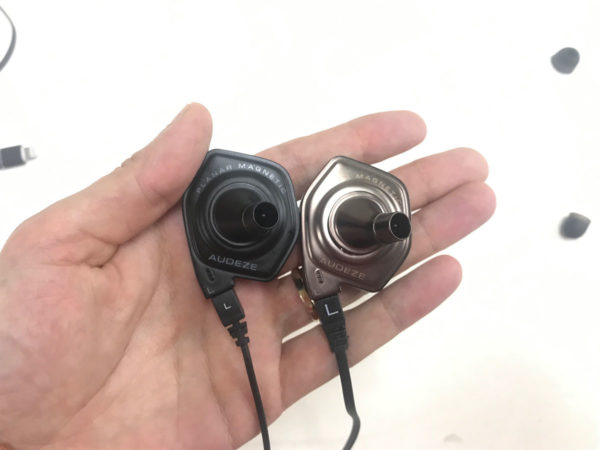
DESIGN
The most obvious difference between these two models In terms of design is the housing. The LCD-i3 employs the more solid cast magnesium housing (and grill), which is the same material used in the much pricier LCD-i4. And, in theory, this factor should reduce more unwanted resonance.
Another thing to note is that the LCD-i3 comes with a CIPHER Bluetooth cable. And this wireless module retails for 100 bucks when sold separately. So, you may want to factor in this bonus cable when making your decision to upgrade.
With respect to the CIPHER lightning cable, you can also expect a few changes in the upgrade from the iSINE 20. The LCD-i3 comes with the newer version of the CIPHER cable. It has improved tuning as well as an extra button on the remote. The added button allows you to mute calls in case you happen to be ordering a beer or visiting the can during a business phone meeting.
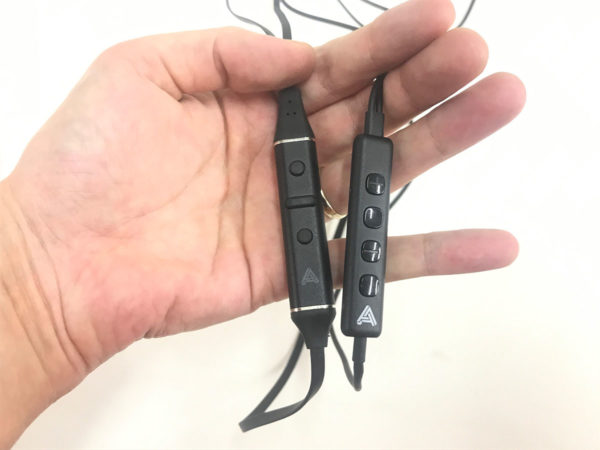
iSINE 20 CIPHER cable on the left vs LCD-i3 CIPHER cable on the right. I switched sides to confuse you.
I found the LCD-i3 easier to drive than the iSINE 20. And this makes sense given that the LCD-i3 has a lower impedance and higher sensitivity than the iSINE 20. So, if you’re a fan of tinnitus, the LCD-i3 will deliver. (Note that for the purposes of this review, I used the lightning cables included with both models with my iPhone).
Finally, both models share the same frequency range of 10Hz – 50kHz.
SOUND
Lows
You’ll hear a more forward leaning bass from the LCD-i3. And this is partly due to the fact that the LCD-i3 presents a much richer and more resolving sound. So, even though the balance on these two models is similar, the LCD-i3’s lush character really brings out the low-end presence. And even as you move up the bass cleff, the bass on the LCD-i3 is so much more flavorful and more absolute in its presentation, I’m starting to feel guilty about even comparing these two models. So, let me remind you about the huge price jump. That being said, comparing the level of detail on string instruments, for example, the iSINE 20 can definitely hold its own. And certainly, the timbre on the iSINE 20 is very realistic. But if you like your cellos and double basses to have serious depth and gravitas, then you’ll prefer the LCD-i3.
Mids
There are some similarities in balance in this range. But the low mids on the LCD-i3 slightly more attention. And given that the LCD-i3 displays a richer profile overall, it will offer more far body or fullness. In contrast, the thinner sounding iSINE 20 has relatively more presence in the upper midrange. So, vocals on the iSINE 20 feel a little further forward in the mix on many tracks. The LCD-i3 will also display more oomph than the iSINE 20 with respect to rock tracks. Snare drums, for example, have added density and energy, making the iSINE 20 seem a but tepid in comparison. And since guitars have extra thickness on the LCD-i3, it’s a more impactful sound overall.
Highs
With respect to female vocals, you’ll get a lighter, airier performance from the iSine 20, while LCD-i3 presents a weightier and more velvety quality. Also the difference in the level of transparency starts to become most apparent in this range. Violins, for example, had more substance and articulation on the LCD-i3. In terms of pop, both IEMs will give you plenty of snap and crispness in the highs. But the LCD-i3 gives percussion instruments so much more solidity, that it makes the iSINE 20 sound almost tinny in comparison. And again, you won’t get this impression listening to the iSINE 20 alone. But when you put these two models back to back the difference is undeniable.
Soundstage
Both headphones will give you a similar amount of height and depth, but unsurprisingly, the LCD-i3 gives you a more spacious feel in general. It seemed to have a touch more reverb, giving it a more expansive, stadium like feel. Furthermore, instruments placed at a distance had more definition on the LCD-i3, resulting in a more colorful soundscape overall.
SUMMARY
Although these two models have some similarities in terms of balance, in every other respect, it’s apples and oranges. Richer, warmer, more resolving and more energetic with a vaster soundstage, the LCD-i3…Well it screams LCD. And anyone who owns an over-ear LCD headphone will surely recognize the LCD-i3 as an in-ear version of Audeze’s most famous series. So, if you’re happy with the sound signature of your iSINE 20, but want a significant improvement in performance (and something unarguably Audezeish) I can confidently say that the LCD-i3 is well worth the upgrade.
You can find both IEM models for the best price here:
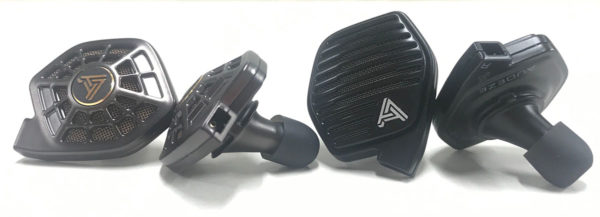

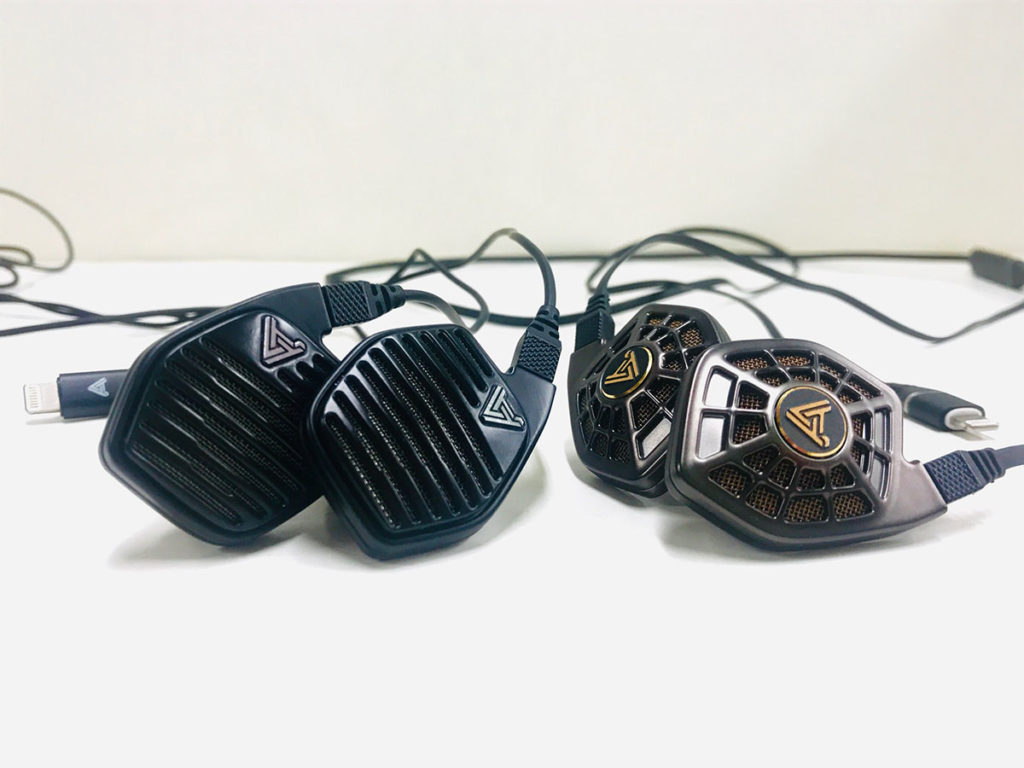
Thanks for your helpful comparison review. I was on the fence about upgrading these until i read this review. I became convinced I have to try these. They’re coming tomorrow in fact and I will update with another comment. At least one other reviewer said they were so close in sound signature it wasn’t worth the expense for an isine 20 owner.
Thanks Brian, looking forward to your feedback. I think you’ll hear the significant upgrade in performance.
I feel similarly regarding the difference between the isine 20s and these. They are at first quite similar, but after preliminary A/B testing, I too feel the isine 20s have a little less authority in the low mids and low end. And they tend to sound brighter in the upper end. My experience as an audio engineer tells me that sometimes while it appears the high end is brighter, sometimes its due to not having enough mids. I suspect the upper mids are lightly weighted in the i3s compared to the 20s. Also, the highs in the i3s do sound sweeter and more musical but not in any way muted compared to the insine 20s. Generally I am really pleased with these and will probably keep them. The isines are going on up on Ebay shortly. Lots of them up there already. That should tell your something.